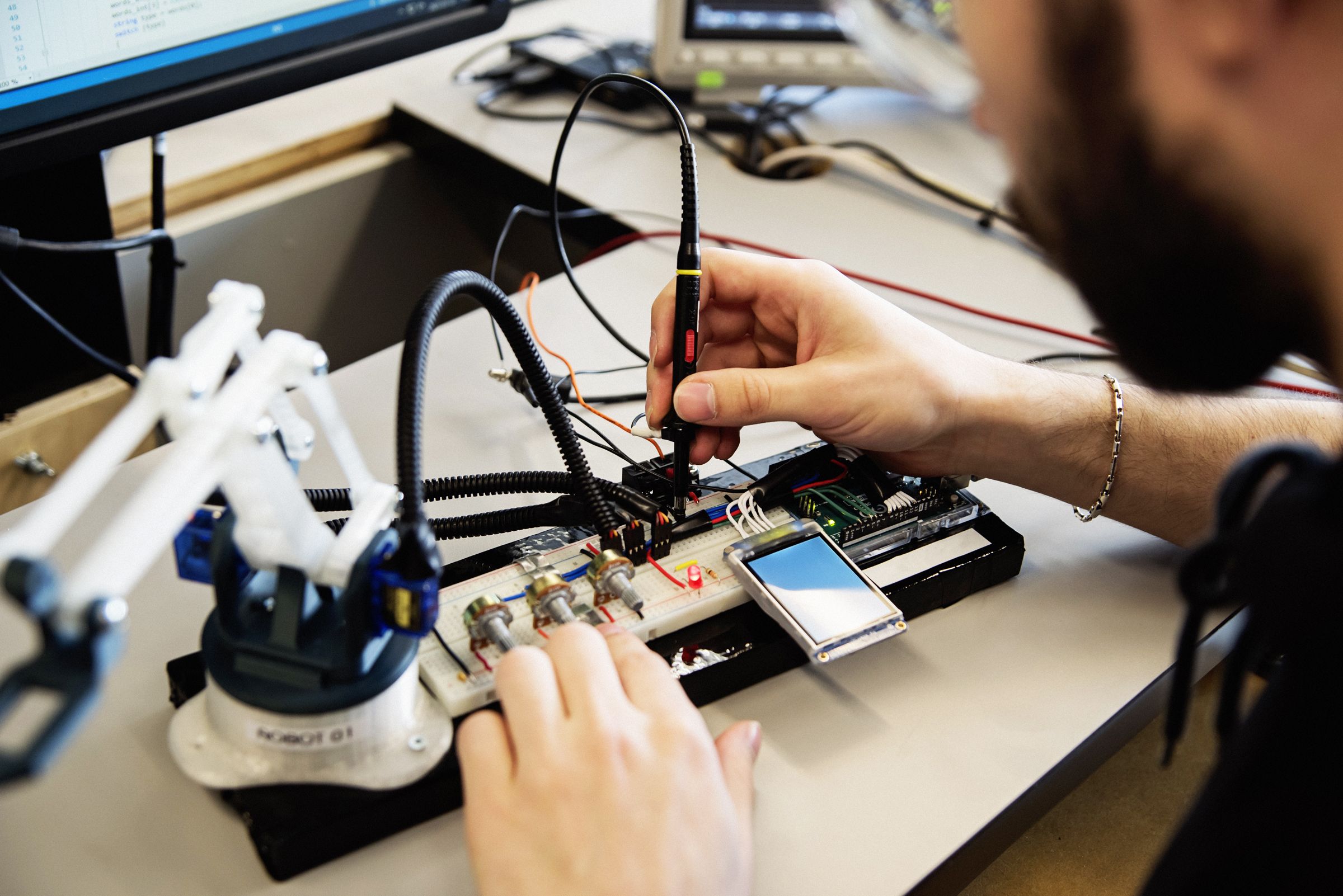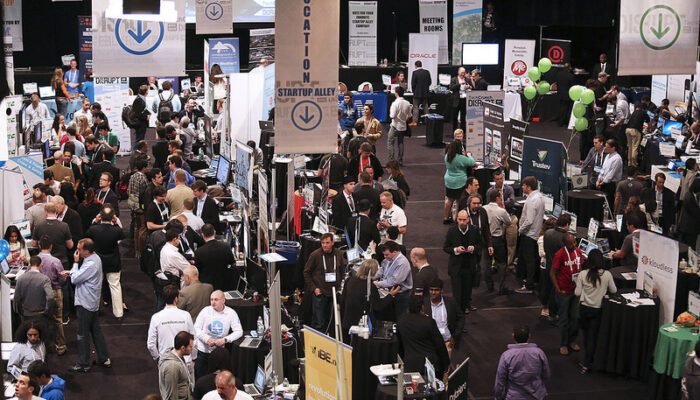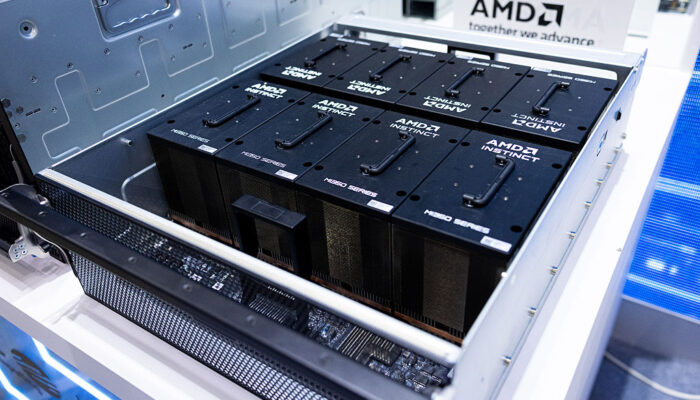Blame the lightsabers. That’s what led me to become a professor. As a high school student, one of my major life goals was to figure out how to build an actual light sword. Doing so is all but impossible, so it didn’t really matter if I went into engineering or science, but I pursued STEM just the same. By the time I was an undergraduate, I’d settled on physics. After that, I went to graduate school to study even more physics until I finally earned a PhD.
No lightsaber ever came to be, but I’ve been teaching undergraduates science for more than 25 years. Genuine interest in STEM—and maybe (again) Star Wars—has brought many students to my classroom, but over time that enthusiasm has waxed and waned.
Particularly now. When it comes to pursuing an education, and ultimately a career, in STEM, there’s far more uncertainty than there was 10 or 15 years ago. Especially for 2025’s incoming college students. For one, the Trump administration’s attempts to curtail funding for “woke” studies has led to cuts in funding for lots of scientific research. For another, there’s artificial intelligence, which frequently gets touted as the tool capable of making the next big breakthrough all on its own.
What’s a student to do? Is STEM no longer the ticket to a career in a challenging and fascinating field? It is, but explaining why isn’t simple. Science rarely is.
Most importantly, high schoolers thinking of pursuing STEM need to understand—and be compelled by—the fields themselves. (Fun fact: The acronym used to be SMET. Didn’t really roll off the tongue.) To study science, one has to know how humans do science.
In short, science is the process of building models. What’s a model? Let’s go with the easiest example: a globe, which is a model of Earth. It’s of course not the Earth but it shows some properties of the actual planet (like the shape and the location of the continents). But it doesn’t show the size, mass, or location of the nearest coffee shop–you have to find that yourself. Scientific models don’t have to be equations, they can be physical or conceptual things.
One of my favorite models is for the gravitational interaction. It’s fun because it’s wrong. On the surface of the Earth, scientists can model the gravitational force on an object as some constant value (g) multiplied by its mass. This is a very useful model. It’s good for creating airplanes and bridges, and it’s simple. But it’s wrong. In fact, as you get farther from the center of the Earth the gravitational force decreases. Another more accurate model is useful for calculating the orbits of planets and stuff like the International Space Station. This model is also wrong. There’s an even better model that treats gravity as a curvature of space-time. Researchers can use this one to explain why colliding black holes create gravitational waves. But it’s probably wrong also.
Being wrong, though, makes science fascinating to study—and promises there will always be work to do. Scientists are model builders and universe explorers. You don’t have to travel the length of the Amazon River to find new things. It’s possible to collect data in a lab and build new scientific models that help people understand the universe—even if the calculations are off the first time. These are the big questions for humans. What is this place and how does it work? Don’t think of it as getting a science degree but rather building up skills to become an explorer.
It’s fine to be an explorer, but you probably also want to make money, right? Well, there’s some good news for you. Studying science is actually good training for a bunch of jobs—even in non-STEM careers. Just because you get a degree in physics doesn’t mean you have to be a physics professor (although I think it’s a fun job). There are tons of people with degrees in physics that do other things, and their science degrees give them an interesting perspective on all types of problems.
What about AI? If artificial intelligence takes over, some argue, there’s little point in studying physics or any science. AI could be doing half your job before you even get your degree. But that argument ignores why people study science in the first place. It’s to figure out new things, to ask questions uncurious bots would never dream of. Humans love that whole problem-solving process. It’s why they like to get the sides of Rubik’s cube to match. Yes, it’s possible that a robot could do it faster, but that’s not the point. Science is one of the things that makes people human.
The second thing to think about is that AI is a tool. Scientists have been using AI to help them understand things for a while now. For instance, consider a giant particle accelerator (like the one at CERN in Switzerland). While it’s running, it generates tremendous amounts of data. Using machine learning, scientists can process vast amounts of information to look for patterns that might take a human an eternity to go through. It’s the perfect combination of humans and machines working together. The AI does the boring stuff, and people do the fun stuff. Win-win.
Now, about the funding. It’s very common to think of science as a way to get stuff. If you don’t get anything from science then you shouldn’t give anything (money) to it. Politicians often bring up scientific investigations that seem unnecessary, like creating “transgender mice,” when trying to discredit research and the universities that do it. This leaves the researchers in the position of saying “Well, that’s not actually what we are doing” and “Here’s why this is actually useful,” but even when they’re heard it’s often the case that the damage has already been done. Such comments still shake faith in science and lead to the termination of grants.
But thinking about science in terms of return on investment misses the point. It’s not only silly, it’s often wrong. Consider the story of Heinrich Hertz. In 1886 he used an electric oscillator to produce a spark in another device across the room. In short, he showed the existence of electromagnetic waves. At the time, he was asked what this could be used for to make society better. His answer: “It’s of no use whatsoever.” This is a very important example, because Hertz didn’t do this to get cool things or to make money for investors—but his findings paved the way for all manner of very valuable products. Namely: Wi-Fi, Bluetooth, radios, TVs, and so much more. Hertz, I’d like to note, was a professor at the time.
The point is, STEM is just like all the other majors. You should go into these fields because you think they’re awesome. Maybe you will build a real-life lightsaber—but if you don’t you might just find new ways to turn on the TV.




